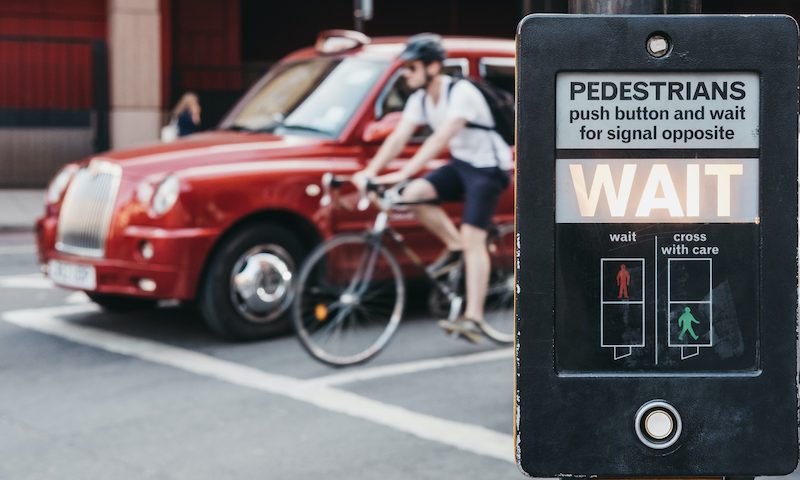Pedestrian crossings and how to use them | 1st Central

| Research shows that 81% of drivers don’t know how to use a zebra crossing, let alone the seven different types of pedestrian crossings on UK roads today.
If you’re unsure about how to operate the different types of crossing, we’re here to help you out. Get clued up on the seven types below and start navigating roads confidently by foot. 1. Zebra crossingsThe most common type of pedestrian crossing you’ll come across, zebra crossings have the namesake black-and-white stripes and zigzag lines on either side of them to prohibit parking. They also have flashing beacon lights on the pavement to alert motorists. Using a zebra crossing is easy. All you do is walk across it, looking both ways beforehand, of course. Be aware that cars will only stop for you once you have moved onto the crossing, so it’s important to be vigilant. If there’s an island halfway across, make sure you stop there before continuing as this means the road is split into two pedestrian crossings. 2. Pelican crossingsThis form of crossing requires the pedestrian to activate a road signal so traffic is temporarily halted, and they can safely cross. To use them, you simply press the button to activate the traffic signal. When the ‘green man’ is illuminated, cars will be stopped by a red light, and after checking left and right, you can assume it’s safe for you to cross. When the ‘red man’ is illuminated, however, you must wait as cars still have right of way. 3. Puffin crossingsSimilar to pelican crossings, puffin crossings operate with pedestrian-activated ‘green man’ and ‘red man’ road signals. They just operate a little smarter. When you press the button, the green figure will shortly appear, and you can walk across safely. You’ll notice there’s no flashing ‘green man’ phase, though, as the system uses sensors to indicate when the crossing is clear and traffic may resume. 4. Toucan crossingsThese crossings are essentially pelican crossings, with a push-button operated system. The only difference is that cyclists can use them too. 5. Pegasus crossingsAlso known as equestrian crossings, Pegasus crossings are designed for people on horseback. They are characterised by pavement barriers, wide crossing spaces, and horse and rider figures on the light panels, so they are easy to spot. With these crossings, traffic is controlled by standard traffic lights, and riders simply press the button (positioned higher) to bring traffic to a standstill for safe crossing. 6. Authorised person crossingsSometimes, you’ll see pedestrian crossings being staffed by an official person, like a school warden or police officer. They typically wear luminous vests and use hand signals and brightly coloured signs to signal traffic to stop so pedestrians can cross in front of them. 7. Tiger crossingsLast on our list, tiger crossings, or parallel crossings, are a type of zebra crossing that cyclists can also use. Their name comes from the yellow stripes on the tarmac seen in original tiger crossings. If you commute by bicycle, you’ll find these crossings come in handy on cycle lanes as they have dedicated lanes for pedestrians and cyclists. Are you complying with the rules of the road? Read our article on the recent Highway Code changes. |


